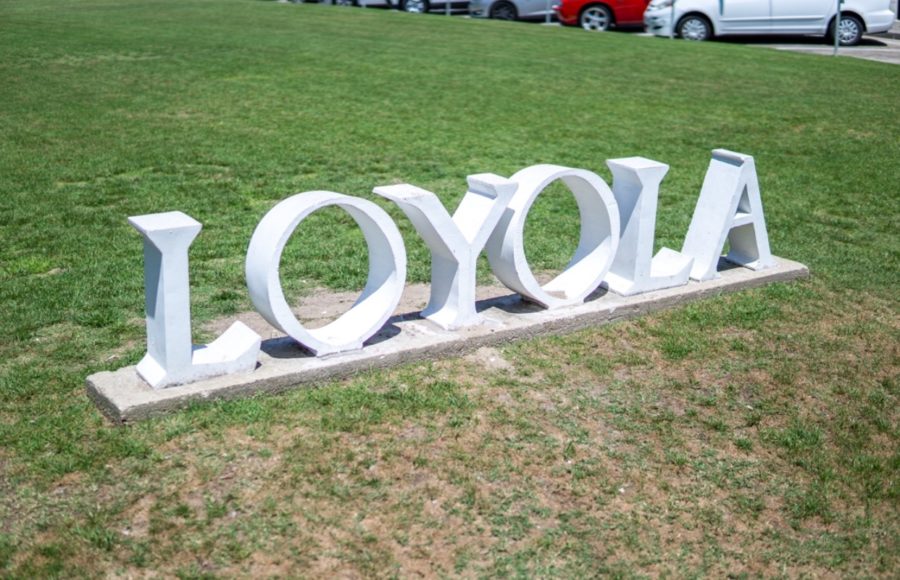In the wake of recent events, dialogue and debate has resurfaced in regards to gun control, gun ownership and the Second Amendment to the United States Constitution. Advocates on both sides of this issue have begun pressuring Congress and the Obama Administration for support, and a legislative battle over gun rights is beginning. In times like these, it is necessary to examine what is at stake. What does the Second Amendment say? What does it not say? What are the historical roots of the right to bear arms?
The full text of the Second Amendment states “a well regulated militia, being necessary to the security of a free state, the right of the people to keep and bear arms shall not be infringed.” This first clause stating “a well regulated militia” is where gun control advocates are given pause. This, according to opponents of gun rights, reflects the Second Amendment only referring to state militias.
What this argument does not take into account is what militias were to the framers of the Constitution. Militias in 1789 referred to organizations of ordinary citizens with little to no military training. These groups would form in times of threat and insurrection to restore order and safety. It was necessary for citizens to possess firearms so they could aid in these efforts.
More recently, the United States Supreme Court has weighed in on the rights of individual citizens to keep and bear arms as stated in the second clause of the Second Amendment. In 2010, the court handed down two landmark decisions related to the rights of individuals to bear arms in the cases of DC v. Heller and McDonald v. Chicago. Both of these cases dealt with handgun bans similar to the proposed ban on so-called “assault rifles” that will be considered by Congress.
In DC v. Heller, the Supreme Court ruled that the right of individual citizens to keep firearms is unconnected with service in a militia. McDonald v. Chicago held that the second amendment is fully applicable to the states through the fourteenth amendment.
Taken together, it would follow that outright bans on firearms or certain types of firearms would be considered by prevailing jurisprudence unconstitutional. The bans proposed by Senator Dianne Feinstein (D-Calif.) would not stand up to constitutional scrutiny that would be used by the Supreme Court should these bans pass and come before the court.
The question of control of firearms leads into a difficult and ambiguous area given these facts. Background checks for prospective buyers and registration of legally purchased firearms are not in question as control measures. Convicted felons should not be allowed to own firearms, as that right has been made forfeit by virtue of the conviction.
The key here is that restrictions must not be so stringent as to represent a chilling of the rights guaranteed by the second amendment. A chilling of rights would be evident by control laws so strict or broad that it may deter law-abiding citizens from exercising their constitutional right to own a firearm. Examples of this would be not an outright ban on “assault rifles” but a ban on their magazines or ammunition.
Gun control itself is where much of the ambiguity is present. As a society, we must make decisions so that the rights of law-abiding citizens are not infringed upon while those who seek to do harm are prevented from doing so. Banning any sort of weapon is not the answer to gun violence.
We should be sure, however, that in the event our citizens need to defend themselves, they have that opportunity even if that means using a firearm. Our focus should be getting illegal weapons off the streets rather than punishing legal gun owners. This would be the only form of gun control necessary to preserve order.
Joey Macasieb is a political science senior and can be reached at
jmmacasi@loyno.edu
In My Opinion is a regular column open to all Loyola students. Those interested in contributing can contact
letter@loyno.edu












